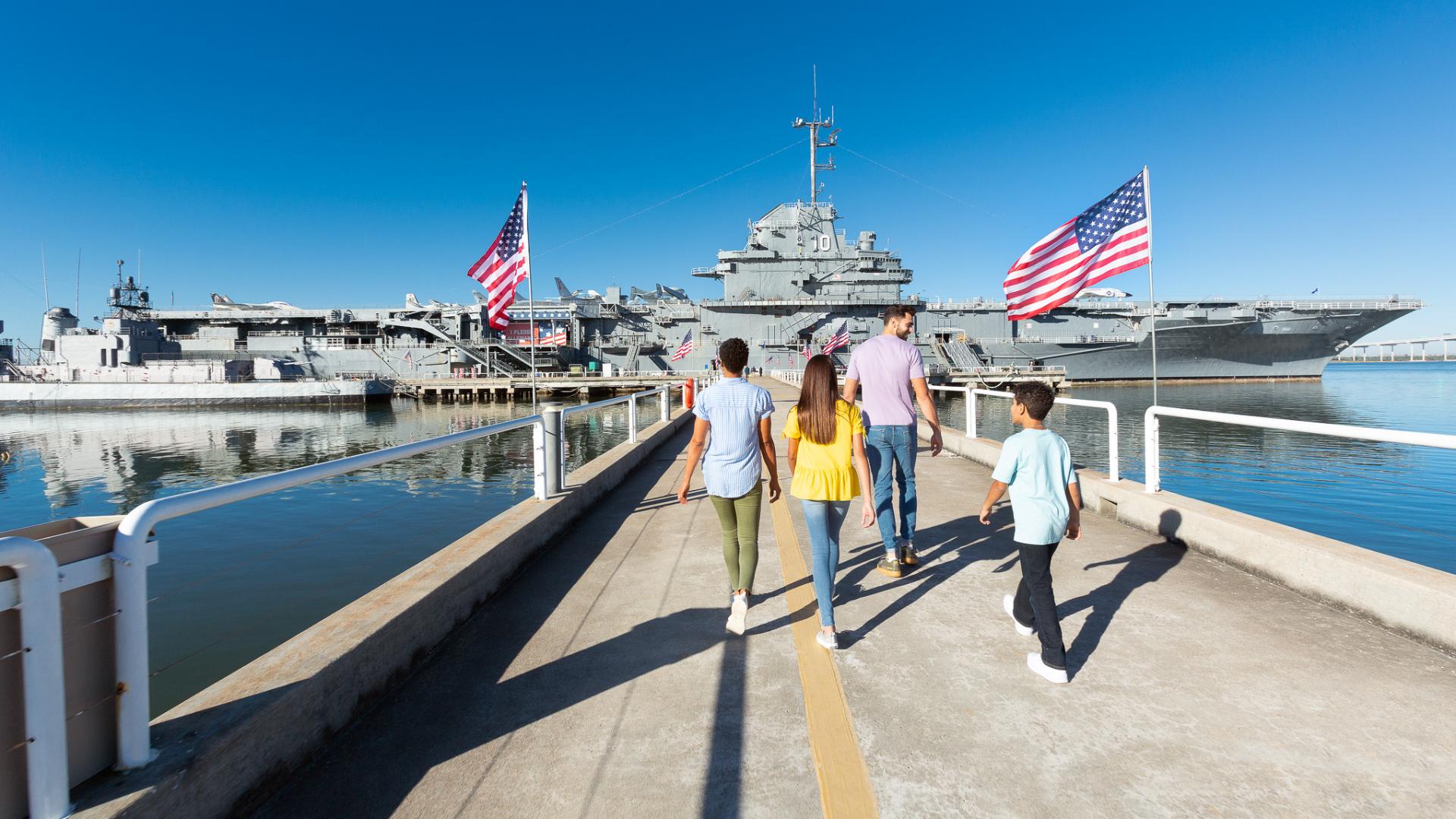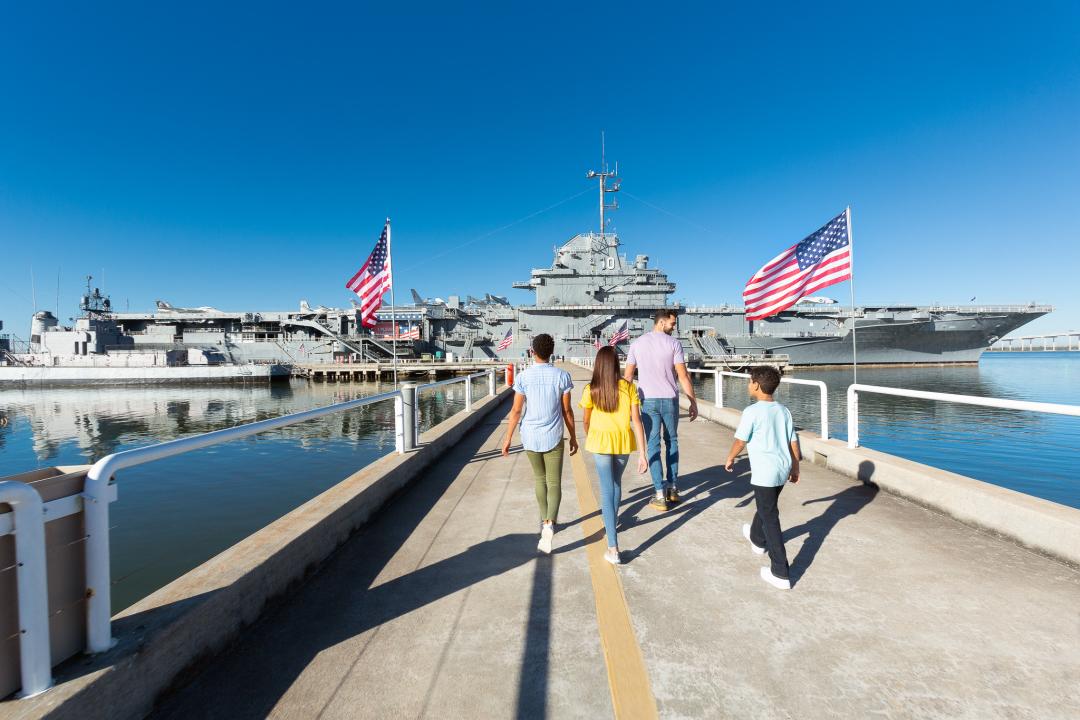
On 08 July 1953 the "CVS" designation was established by the United States Navy to identify aircraft carriers dedicated to antisubmarine warfare missions. The first carriers to have their designations changed to CVS were Franklin (CVS-13), Bunker Hill (CVS-17), Leyte (CVS-32), Antietam (CVS-36) and Valley Forge (CVS-45). Eventually twenty aircraft carriers would be designated with the CVS classification (18 Essex class and 2 Midway class).
It would be the Jimmy Thach, fighter pilot of the World War II "Thach Weave" fame, who would labor to discover the best way to train and fight these new antisubmarine killer groups of carrier, destroyers, subs and aircraft. In 1959 as a Rear Admiral in charge of Task Force Alpha he would recommend to the Chief of Naval Operations, Admiral Arleigh Burke, the following actions to improve the state of antisubmarine warfare in the Cold War with the Soviet Union.
- Warning systems in the deep oceans to help track submarines.
- Identification systems for identifying submarines.
- Prediction system for undersea acoustic conditions (similar to weather forecasts)
- Mobile ASW forces to act upon warning system indications.
- Equipment in each ASW platform to find, identify and destroy submarines.
- Research into other means of submarine detection.
- Weapons with range and accuracy to prosecute detected submarines.
- Forces sufficient to accomplish the mission.


